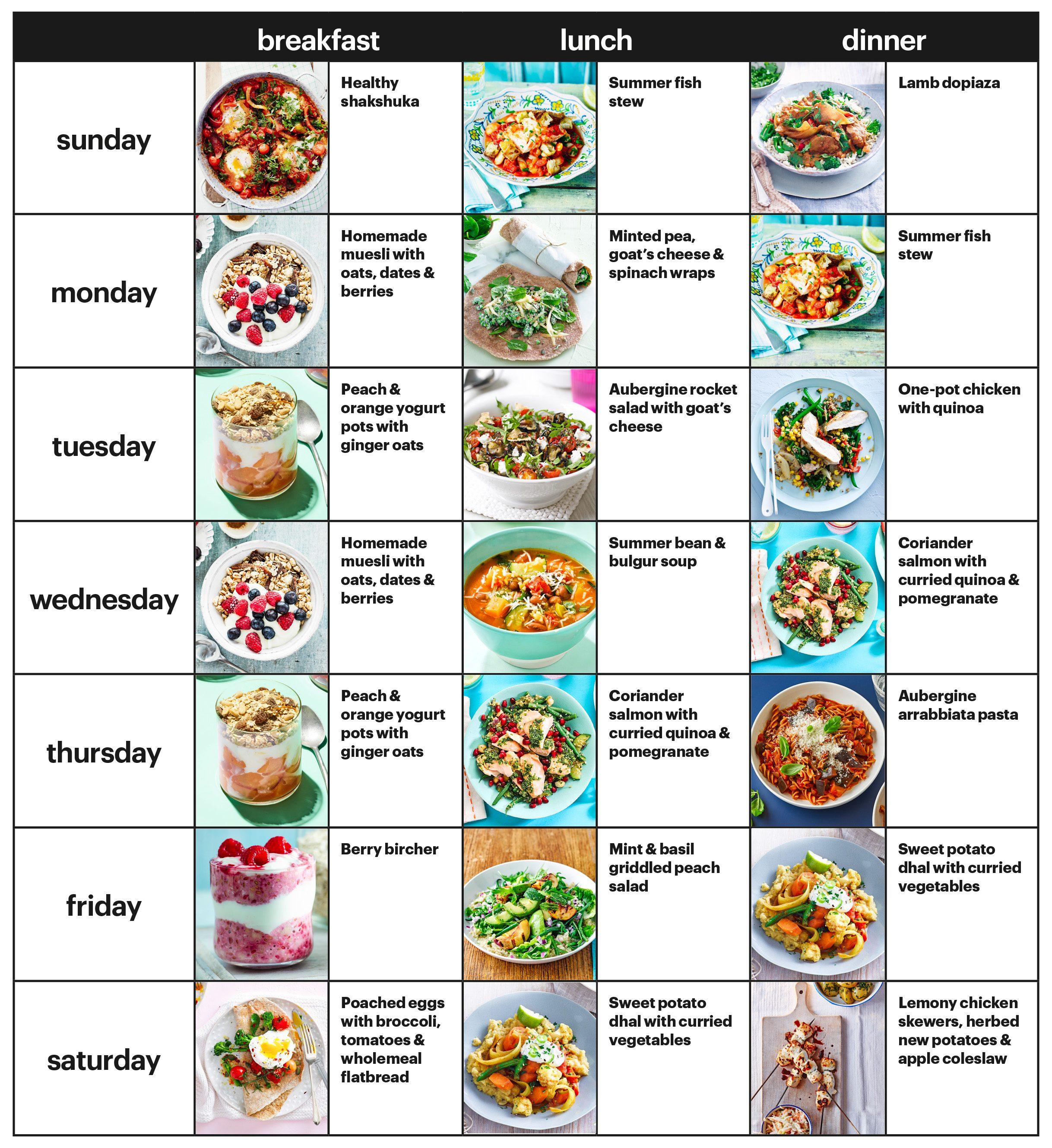In an era where convenience often trumps nutrition, fostering healthy eating habits within the family unit has become both a challenge and a necessity. As lifestyle-related health issues continue to rise, the importance of cultivating a nutritious dietary regimen is more critical than ever. This article delves into the most effective strategies for instilling healthy eating habits among family members, grounded in evidence-based research and practical insights. By examining the underlying psychological, social, and economic factors that influence dietary choices, we aim to equip families with the tools needed to make informed and sustainable changes. Join us as we explore how to transform the dinner table into a cornerstone of well-being, ensuring that healthy eating becomes an integral part of your family’s lifestyle.
Understanding Nutritional Needs for Every Family Member
Every family member has distinct dietary requirements, influenced by factors such as age, activity level, and health conditions. To ensure everyone gets the nutrition they need, it’s crucial to tailor meal plans thoughtfully. For instance, children and teenagers require higher levels of protein and calcium to support their rapid growth and development. In contrast, adults may need to focus on maintaining a balanced diet that supports energy levels and overall health, incorporating fiber-rich foods and healthy fats. Meanwhile, older adults often benefit from meals that are easy to digest and include vitamin D and calcium to maintain bone health.
- Children: Incorporate colorful fruits and vegetables to make meals appealing and nutrient-dense.
- Teenagers: Focus on protein-rich foods like lean meats, beans, and nuts to support muscle development.
- Adults: Balance meals with whole grains, lean proteins, and healthy fats to sustain energy levels.
- Seniors: Opt for soft, easy-to-chew foods rich in calcium and vitamin D to support bone strength.
Understanding these nutritional nuances empowers families to make informed food choices, fostering a healthy eating culture at home. By prioritizing the unique dietary needs of each family member, you’re not only enhancing their well-being but also setting a foundation for lifelong healthy habits.

Creating a Balanced Meal Plan Tailored to Your Lifestyle
Designing a meal plan that aligns with your family’s unique lifestyle is essential for establishing long-lasting healthy eating habits. Start by assessing your weekly schedule and identifying time constraints, which will help you decide when to prepare meals. Focus on diversity and balance, ensuring each meal includes a variety of food groups. Incorporate a mix of proteins, carbohydrates, healthy fats, and plenty of fruits and vegetables. This approach not only meets nutritional needs but also keeps meals exciting and satisfying.
- Prioritize whole foods: Choose unprocessed ingredients like whole grains, fresh produce, and lean meats.
- Plan for flexibility: Allow for occasional treats or deviations from the plan to prevent feelings of restriction.
- Get the family involved: Encourage family members to participate in meal planning and preparation, which can enhance their interest in healthy eating.
By tailoring your meal plan to your family’s lifestyle, you create a sustainable framework for healthy eating. This not only fosters a positive relationship with food but also instills beneficial habits that can be carried forward into the future.

Incorporating Fun and Engaging Cooking Activities
Transforming the kitchen into a vibrant learning environment can ignite a passion for healthy eating in your family. Start by inviting everyone to participate in meal prep, turning mundane tasks into opportunities for creativity and education. Create a themed cooking night where each family member can choose a recipe from a different culture, encouraging exploration and diversity in your meals. This not only broadens palates but also fosters an appreciation for global cuisines.
Incorporate playful elements into cooking to make the process enjoyable and engaging. Consider these ideas:
- Food Art Competitions: Encourage kids to arrange fruits and vegetables into fun shapes or characters on their plates.
- Mystery Ingredient Challenge: Introduce a surprise healthy ingredient that everyone must incorporate into their dish.
- Cooking with Music: Create a family playlist and let each member choose a song while they cook, turning meal prep into a dance party.
These activities not only make cooking fun but also instill lifelong healthy habits by emphasizing the joy and creativity that food can bring.

Overcoming Common Challenges in Family Nutrition
Addressing the hurdles in family nutrition requires a strategic approach that considers both individual preferences and collective goals. One prevalent challenge is managing diverse tastes and dietary needs within the household. Creating a flexible meal plan can help in accommodating these differences. Start by involving family members in the planning process, allowing everyone to contribute their favorite meals and snacks. This not only ensures variety but also promotes a sense of ownership and willingness to try new foods.
Another common obstacle is the hectic pace of modern life, which often leads to reliance on convenience foods. To counter this, focus on preparation and organization:
- Batch cooking: Prepare large quantities of meals on weekends or free days, portion them out, and store them in the freezer for easy access during busy weekdays.
- Healthy snack stations: Designate a spot in the kitchen for ready-to-eat, nutritious snacks, encouraging healthy choices even when time is tight.
- Simple recipes: Keep a list of quick and healthy recipes that require minimal ingredients and time, ensuring that healthy eating is always an option.
By adopting these strategies, families can navigate the complexities of nutrition with confidence, ensuring everyone’s dietary needs and preferences are met without compromising on health.



